Impacts of Invasive Species: Ecology, Economy, and Human Health
- August 16, 2024
- 0 comment
Invasive species are organisms that are not native to a specific location and have a tendency to spread, causing damage to the environment, human economy, or human health. These organisms, which include plants, animals, and microbes, can profoundly affect the ecosystems they invade. By competing with native species for resources, altering habitats, and introducing diseases, they can significantly disrupt the balance of natural ecosystems. This article will delve into the impacts of these non-native organisms, exploring their effects on biodiversity, ecosystems, and human activities, and discuss strategies for managing their spread and mitigating their impacts.
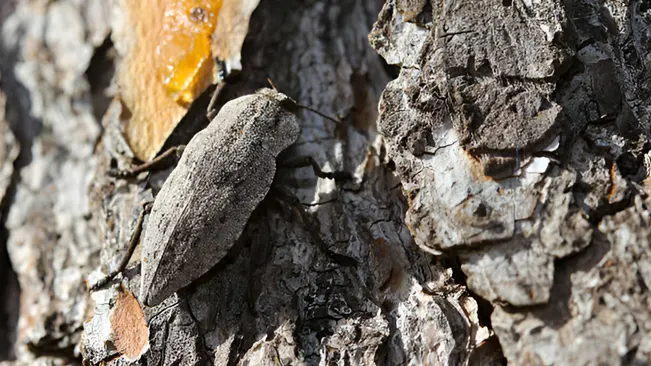
Understanding Invasive Species
Invasive species are often introduced to new environments through human activities such as global trade, transportation, and agriculture. Once established, they can rapidly expand their range due to their adaptable nature and lack of natural predators in the new environment. This adaptability allows them to outcompete native species for resources like food, water, and space, leading to a decline in native biodiversity.
The Ecological Impacts of Invasive Species
1. Disruption of Ecosystems
These organisms can cause significant disruption in the ecosystems they invade, primarily by altering food webs, nutrient cycling, and habitat structures. This disruption can have cascading effects throughout the ecosystem, affecting many native species. A prime example is the zebra mussel in North American waterways.
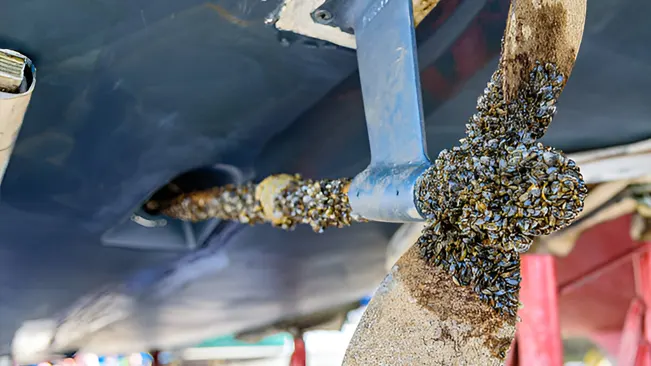
These mussels filter plankton from the water at an alarming rate, drastically reducing the food available for native aquatic species, such as fish and other invertebrates, that rely on plankton as a primary food source. This shift can cause declines in native fish populations and change the structure of the entire aquatic community. Additionally, these organisms can alter physical habitats, such as by changing soil composition or water flow, leading to further ecological changes and the displacement of native species.
2. Loss of Biodiversity
Native species often contribute to the loss of biodiversity, which can have profound ecological and economic consequences. They outcompete native species for resources such as food, water, and habitat, often leading to the decline or extinction of native species. In the United States, these organisms are a significant factor in the decline of 42% of endangered and threatened species.
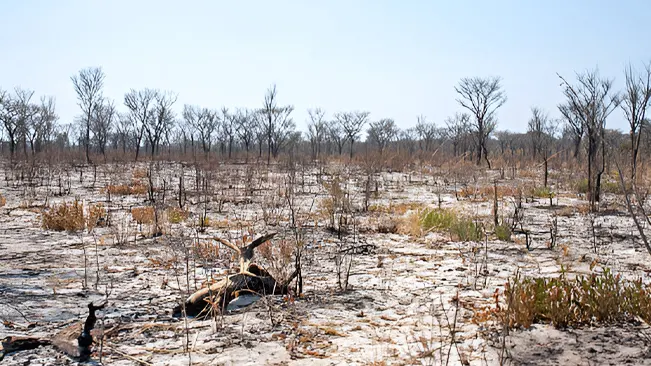
This loss of biodiversity can weaken ecosystems, making them more vulnerable to additional stressors like climate change and pollution. The introduction of predators, such as the Burmese python in the Florida Everglades, can decimate local wildlife, further reducing biodiversity. Such biodiversity losses can disrupt ecosystem services, such as pollination and water purification, which are crucial for human well-being and the planet’s health.
3. Altered Nutrient Cycling
Invasive plants can significantly alter nutrient cycling within ecosystems, impacting soil health and the ability of native plants to thrive. These plants often change the soil’s nutrient composition by introducing or promoting different nutrient dynamics than native plants. For instance, cheatgrass, an invasive grass species in the western United States, modifies fire regimes by increasing the frequency and intensity of wildfires.
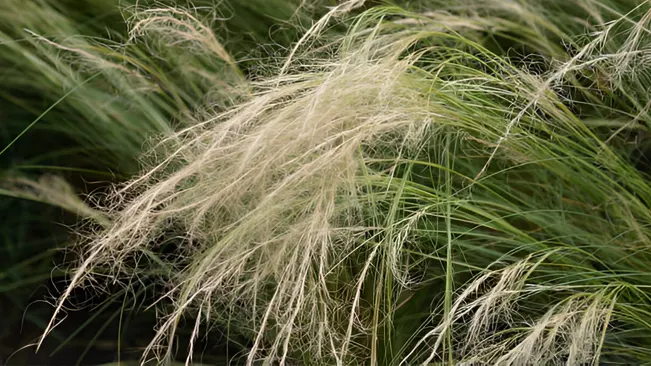
These fires release nutrients differently than natural fires, often leading to nutrient-poor soils that favor the further spread of cheatgrass over native vegetation. This alteration in nutrient cycling can lead to a feedback loop where invasive species become even more dominant, further hindering the growth and survival of native species and ultimately leading to the degradation of the entire ecosystem.
The Economic Impacts of Invasive Species
1. Agricultural Damage
Invasive species can have severe impacts on agriculture, reducing crop yields and escalating pest management costs. These species often become agricultural pests because they lack natural predators in their new environments, allowing them to proliferate unchecked. For example, the brown marmorated stink bug is notorious for its destructive impact on fruit and vegetable crops in the United States.
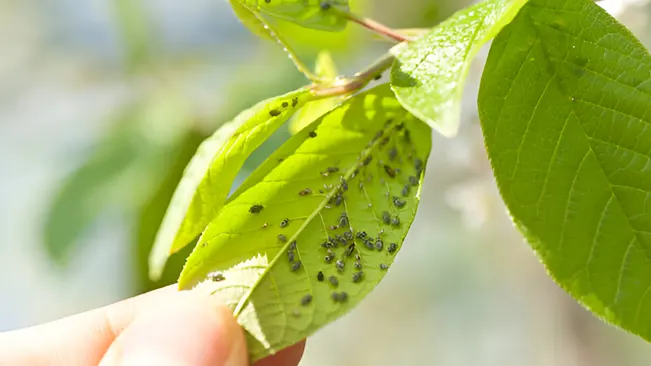
This insect feeds on a wide range of plants, including apples, peaches, and soybeans, causing extensive damage. Farmers face increased costs in pest control measures to protect their crops from such invasive pests, which can lead to higher prices for consumers and reduced profitability for agricultural producers. In addition to direct crop damage, invasive species can also introduce diseases that further threaten plant health and agricultural productivity, compounding the economic losses faced by farmers.
2. Cost of Control and Management Invasive Species
The economic burden of managing and controlling invasive species is substantial, with governments and organizations worldwide spending billions annually. In the United States alone, the economic impact of invasive species is estimated to exceed $120 billion each year. These costs arise from efforts to prevent the introduction of new invasive species, control existing populations, and restore ecosystems damaged by invasives.
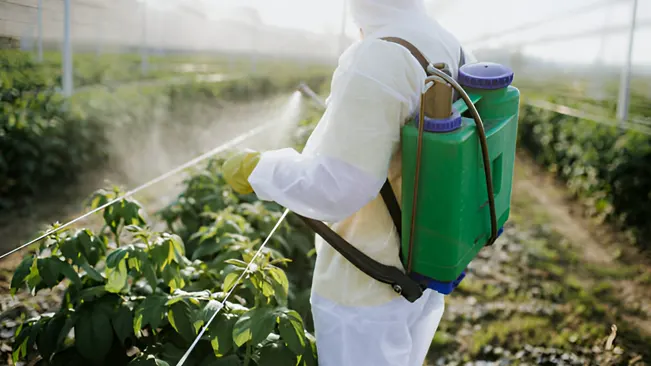
Control measures can include chemical treatments, mechanical removal, and biological control methods, each requiring significant financial investment. In addition to direct management costs, invasive species can cause indirect economic losses by damaging infrastructure, reducing property values, and affecting industries such as agriculture, forestry, and tourism. The high costs of managing invasive species highlight the importance of prevention and early detection programs to mitigate their impacts before they become established and widespread.
3. Impact on Fisheries and Aquaculture
Invasive species can significantly impact fisheries and aquaculture by altering habitats, competing with native species, and introducing diseases. Invasive species can modify the physical and biological conditions of aquatic ecosystems, making them less suitable for native species and disrupting the balance of the ecosystem.

The lionfish, an invasive species in the Atlantic Ocean, preys on native fish species and competes for food and habitat, leading to declines in native fish populations. This has a direct impact on local fisheries, reducing the availability of commercially valuable fish and affecting the livelihoods of those who depend on fishing. In aquaculture, invasive species can introduce diseases or compete with farmed species, leading to decreased yields and increased production costs. Managing these impacts requires coordinated efforts to monitor and control species populations in marine and freshwater environments.
Human Health Impacts of Invasive Species
1. Spread of Disease
Invasive species can play a significant role in the spread of diseases that impact human health. The Asian tiger mosquito, for example, is an invasive species notorious for its ability to transmit a range of viral diseases, including dengue fever, Zika virus, and chikungunya. This mosquito thrives in urban and suburban environments, increasing the risk of outbreaks in populated areas.
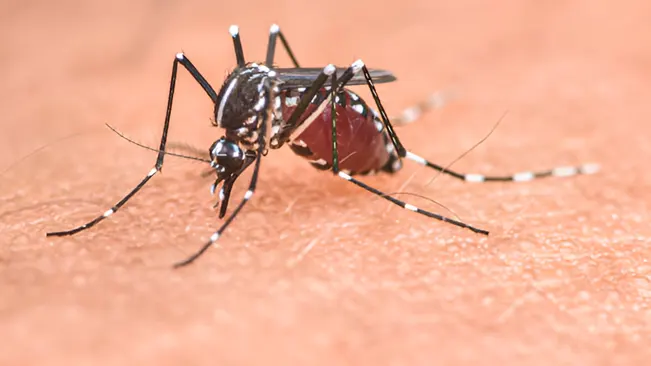
Its presence can overwhelm local health systems and require significant public health resources to manage and control. The spread of such disease-carrying species poses a global health threat, necessitating international collaboration and comprehensive strategies to monitor and control their populations effectively.
2. Allergies and Toxicity
Certain invasive plants pose serious health risks through allergies and toxicity. Giant hogweed, for instance, is an invasive plant found in North America and Europe that can cause severe skin irritation and photosensitivity upon contact. Its sap contains chemicals that make skin highly sensitive to sunlight, leading to painful blisters and long-lasting scars.

The plant’s rapid spread into new areas increases the likelihood of human exposure, often in recreational and natural settings. Invasive plants like giant hogweed require active management to prevent contact and protect public health, highlighting the broader risks associated with biological invasions in areas frequented by humans and animals.
3. Water Quality and Access
Aquatic species can severely impact water quality and access, affecting both human populations and natural ecosystems. The proliferation of water hyacinth in African lakes and rivers is a prime example. This fast-growing plant forms dense mats on the water’s surface, reducing oxygen levels and hindering sunlight penetration, which disrupts aquatic ecosystems.
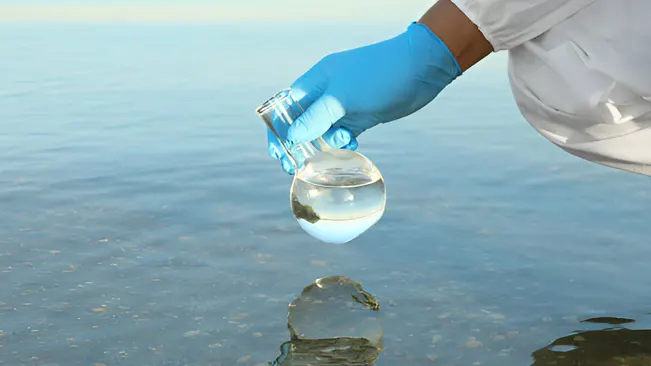
For local communities, these mats can obstruct waterways, making fishing and transportation difficult, and limiting access to clean water for drinking and irrigation. The impact on fisheries also threatens food security and livelihoods. Managing water hyacinth infestations requires coordinated efforts to remove the plants and restore affected waterways to improve access and ecological health.
Invasive Species and Climate Change
1. Climate Change as a Driver
Climate change significantly exacerbates the spread of species by altering environmental conditions, making them more conducive to invasion. As global temperatures rise, previously inhospitable areas become suitable for these species, enabling them to expand their range. Warmer winters and longer growing seasons allow invasive plants and animals to establish themselves more quickly, outcompeting native species.
2. Feedback Loops
Invasive species can create feedback loops that exacerbate climate change by altering the carbon and nitrogen cycles in ecosystems. For instance, invasive earthworms in North American forests accelerate the decomposition of organic matter on the forest floor, releasing stored carbon dioxide back into the atmosphere.
Conclusion
Invasive species pose significant threats to ecosystems, economies, and human health worldwide. Understanding their impacts and implementing effective management strategies is crucial for preserving biodiversity and ensuring the resilience of natural ecosystems. Through international cooperation, technological innovation, and community engagement, we can mitigate the impacts of species and protect our planet for future generations.
FAQs
- What are invasive species?
Invasive species are non-native organisms that spread rapidly in new environments, causing harm to ecosystems, economies, or human health. They often outcompete native species for resources and can significantly disrupt local ecosystems. - How do invasive species spread?
Invasive species spread through various means, including human activities such as global trade, transportation, and agriculture. They can hitchhike on ships, planes, and vehicles or be deliberately introduced for purposes like pest control or ornamental use. - Why are invasive species a threat to biodiversity?
Invasive species threaten biodiversity by outcompeting native species for resources, altering habitats, and introducing diseases. This can lead to the decline or extinction of native species, reducing overall biodiversity and ecosystem resilience. - How do invasive species affect human health?
Invasive species can impact human health by acting as carriers of diseases, causing allergic reactions, or being toxic to humans. For example, invasive mosquitoes can transmit diseases like dengue fever and Zika virus. - What is the economic impact of invasive species?
Invasive species cause significant economic damage by reducing agricultural yields, increasing pest control costs, and impacting fisheries and aquaculture. The economic impact in the United States alone is estimated to exceed $120 billion annually. - How do invasive species impact ecosystems?
Invasive species disrupt ecosystems by altering food webs, nutrient cycling, and habitat structures. They can lead to the decline of native species, changes in ecosystem dynamics, and loss of ecosystem services. - Can invasive species contribute to climate change?
Yes, invasive species can contribute to climate change by altering carbon and nitrogen cycles. For example, invasive plants and earthworms can change decomposition rates and soil carbon storage, affecting greenhouse gas emissions. - What measures are taken to manage invasive species?
Management measures include prevention, early detection, and rapid response. Strategies involve public awareness, mechanical removal, chemical treatments, and biological control to reduce invasive species populations and mitigate their impacts. - How does climate change affect the spread of invasive species?
Climate change can facilitate the spread of invasive species by creating more favorable conditions for their establishment and expansion. Rising temperatures and altered precipitation patterns enable them to move into new areas previously too cold or inhospitable. - What role do humans play in managing invasive species?
Humans play a crucial role in managing invasive species through education, policy-making, and active participation in monitoring and control efforts. Preventing introductions, reporting sightings, and supporting conservation initiatives are essential actions individuals can take.
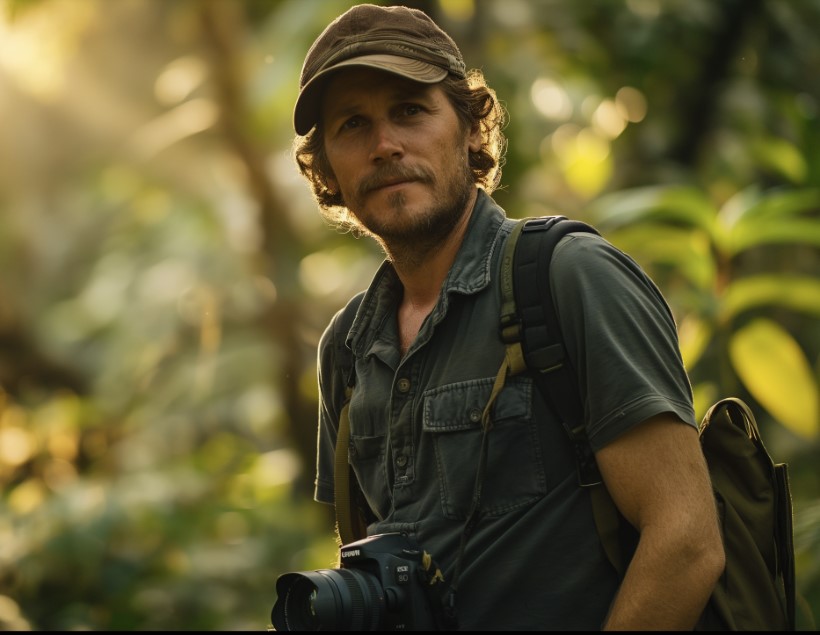
Evan Bennett
Forestry AuthorEvan Bennett brings over a decade of expertise in forestry wildlife management to the forefront, specializing in habitat conservation, biodiversity, and human-wildlife interaction. Evan's work ensures harmonious coexistence between wildlife and human communities through effective and sustainable practices. Continuously engaging in research and workshops, Evan stays at the cutting edge of wildlife management advancements. As a trusted advisor and contributor to leading environmental journals, Evan is dedicated to preserving the natural world for future generations.







Leave your comment